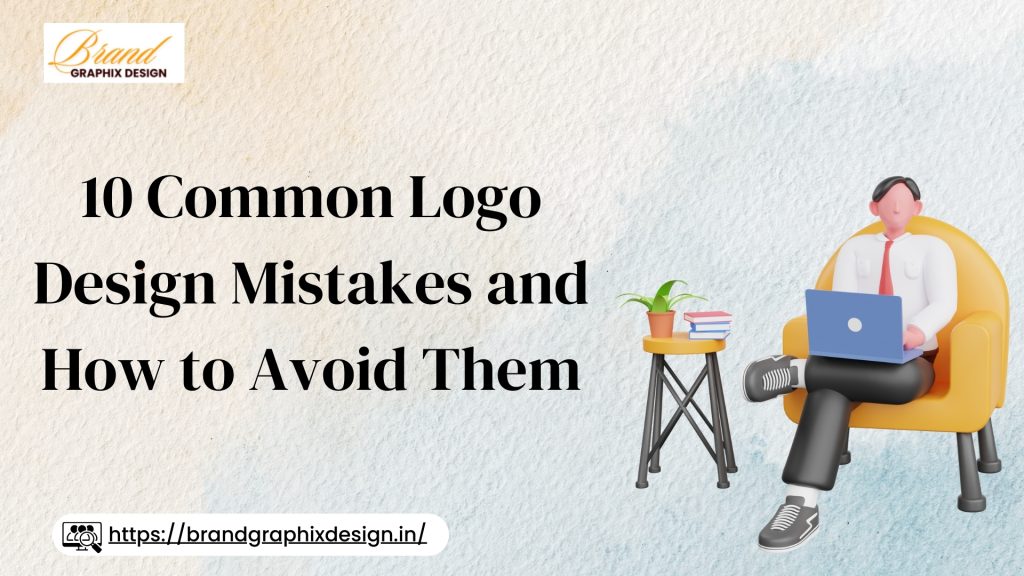Introduction
Template usability is crucial for creating effective designs, whether it’s for websites, presentations, or marketing materials. Poor layout choices can significantly impact the usability of a template, making it difficult for users to navigate and understand the content. In this blog, we will explore how poor layout choices can affect template usability and provide tips on how to create user-friendly layouts. Let’s dive into the importance of good layout design and how to avoid common pitfalls.
The Importance of Template Usability
Template usability is about how easy and efficient it is for users to interact with a template. A well-designed layout enhances the user experience, making it easier for users to find information and perform tasks. Here’s why template usability is important:
- Improves User Experience: A user-friendly layout makes it easier for users to navigate and interact with the template.
- Increases Efficiency: Good layout design helps users find information quickly and perform tasks efficiently.
- Enhances Readability: A well-organized layout improves readability, making it easier for users to understand the content.
- Boosts Engagement: An attractive and functional layout can engage users and keep them interested in the content.
Common Poor Layout Choices
Poor layout choices can negatively impact the usability of a template. Here are some common mistakes to avoid:
1. Cluttered Layout
A cluttered layout with too many elements can overwhelm users and make it difficult to find important information.
Keep It Simple
Use a clean and simple layout that focuses on the essential elements. Avoid clutter and unnecessary details that can distract users.
Use White Space
White space, or negative space, helps to balance the layout and make it more readable. It allows users to focus on the important elements without feeling overwhelmed.
2. Inconsistent Design
Inconsistent design, such as using different fonts, colors, and styles, can create confusion and make the template look unprofessional.
Maintain Consistency
Use a consistent design throughout the template. Stick to a limited set of fonts, colors, and styles to create a cohesive and professional look.
Follow Design Guidelines
Follow design guidelines to ensure consistency in your layout. This helps to create a unified and visually appealing template.
3. Poor Navigation
Poor navigation can make it difficult for users to find information and move through the template. This can lead to frustration and a negative user experience.
Clear Navigation Structure
Create a clear and intuitive navigation structure. Use headings, subheadings, and navigation menus to guide users through the template.
Use Visual Hierarchy
Use visual hierarchy to organize the content and make it easy to navigate. Highlight important information and use different font sizes, colors, and styles to create a clear hierarchy.
4. Lack of Readability
Poor readability can make it difficult for users to read and understand the content. This can reduce the effectiveness of the template and lead to a negative user experience.
Choose Readable Fonts
Choose fonts that are easy to read and suitable for the content. Avoid overly decorative or complex fonts that can be hard to decipher.
Maintain Proper Contrast
Ensure there is enough contrast between the text and background to make the text readable. Dark text on a light background or light text on a dark background works best.
5. Ignoring Mobile Responsiveness
Ignoring mobile responsiveness can make the template unusable on mobile devices. This can limit the accessibility and reach of the template.
Design for Mobile
Ensure that the template is responsive and works well on mobile devices. Use a mobile-first approach to design layouts that adapt to different screen sizes.
Test on Multiple Devices
Test the template on multiple devices to ensure it looks and functions well on all screen sizes. Make necessary adjustments to improve mobile usability.
Tips for Creating User-Friendly Layouts
Creating user-friendly layouts is essential for improving template usability. Here are some tips to help you design effective layouts:
1. Plan Your Layout
Planning your layout helps to organize the content and create a clear structure. Consider the purpose of the template and the needs of the users.
- Define the Purpose: Understand the purpose of the template and the goals you want to achieve. This helps to create a focused and effective layout.
- Identify Key Elements: Identify the key elements that need to be included in the layout. Prioritize these elements to ensure they stand out.
2. Use a Grid System
A grid system helps to organize the layout and create a balanced design. It ensures consistency and alignment, making the layout more visually appealing.
- Consistency: A grid system ensures that the design elements are consistently aligned and spaced.
- Balance: It helps to create a balanced and harmonious layout by providing structure and order.
3. Prioritize Content
Prioritizing content helps to highlight the most important information and make it easy to find. Use visual hierarchy to guide users through the content.
- Visual Hierarchy: Use different font sizes, colors, and styles to create a clear hierarchy and emphasize important information.
- Headings and Subheadings: Use headings and subheadings to break up the content and make it more readable.
4. Use Visual Elements Wisely
Visual elements, such as images, icons, and graphics, can enhance the layout and make it more engaging. Use them wisely to support the content and improve usability.
- Relevant Images: Use relevant images that support the content and enhance the visual appeal of the layout.
- Icons and Graphics: Use icons and graphics to illustrate key points and make the content more engaging.
5. Test and Iterate
Testing and iterating the layout helps to identify and fix usability issues. Gather feedback from users and make necessary adjustments to improve the layout.
- User Testing: Conduct user testing to gather feedback and identify usability issues. Make adjustments based on the feedback to improve the layout.
- Iterate and Improve: Continuously iterate and improve the layout based on user feedback and testing results.
Examples of Effective Layouts
Here are some examples of effective layouts that prioritize usability and enhance the user experience:
Apple Website
Apple’s website uses a clean and simple layout that focuses on the products. The use of white space, clear navigation, and consistent design makes it easy for users to find information and navigate the site.
Google Search Page
Google’s search page uses a minimalist layout with a clear focus on the search bar. The use of white space and simple design makes it easy for users to perform searches and find information quickly.
Airbnb App
Airbnb’s app uses a user-friendly layout with clear navigation and visual hierarchy. The use of images, icons, and consistent design enhances the user experience and makes it easy to find information and book accommodations.
Poor layout choices can significantly impact the usability of a template, making it difficult for users to navigate and understand the content. By avoiding common layout mistakes and following best practices, you can create user-friendly layouts that enhance the user experience and achieve your goals. If you need assistance with designing effective templates, feel free to contact us at +91 91189 11171 or send us a WhatsApp message for expert advice and support.



